Creating a character in Daggerheart, Critical Role’s tabletop roleplaying game, can prove to be incredibly rewarding and in-depth. Though there’s quite a bit of overlap in character creation between Daggerheart and other roleplaying games, there are also some key distinctions. But where should someone new to Daggerheart start?

Related
8 Differences Between D&D And Daggerheart
Critical Role has just released news about Daggerheart but what’s the difference between their system and Dungeons & Dragons?
Beyond just choosing your character’s abilities and looks, character creation in Daggerheart features some unique options that are singular to this TTRPG. For this guide, we’ll be looking at how to create a character using from start to finish. Here’s everything you need to know to create wondrous and unique characters in Daggerheart.
Daggerheart is currently in open beta. Some elements of this guide may be updated at a later time to reflect changes upon release.
Choose Your Class
Classes
Much like other tabletop roleplaying games, the first and most important step in creating a character in Daggerheart is selecting a class. Player class determines all of your abilities and skills. For the open beta, there are several familiar and new classes to choose from.
- Bard
- Druid
- Guardian
- Ranger
- Rogue
- Seraph
- Sorcerer
- Warrior
- Wizard
Once you’ve selected a class, you can take the corresponding character sheet and character guide associated with your class. These sheets are where you’ll fill in important character information, as well as find your class feature and other abilities. You’ll also want to choose a subclass. Each class has two options.
|
Class |
Subclass Options |
|---|---|
|
Bard |
Wordsmith, for bards that are clever and silver-tongued. |
|
Troubador, for bards that focus primarily on music-based magic. |
|
|
Druid |
Warden of the Elements, for druids that encapsulate many different forms of nature. |
|
Warden of Renewal, for druids that want to magically heal their friends and allies. |
|
|
Guardian |
The Stalwart, for guardians focused on tanking and taking lots of damage. |
|
The Vengeance, for guardians that want to seek revenge on enemies. |
|
|
Ranger |
The Wayfinder, for rangers who are expert hunters and trackers. |
|
The Beastbound, for rangers that wish to form meaningful connections with an animal companion. |
|
|
Seraph |
The Winged Sentinel, for seraphs that take to the skies and attack aerially. |
|
The Divine Wielder, for seraphs that wield legendary blades or other weapons. |
|
|
Rogue |
The Nightwalker, for rogues interested in lurking magically in the shadows. |
|
The Syndicate, for rogues allied with useful connections and factions. |
|
|
Sorcerer |
The Primal Origin, for sorcerers who are highly versatile and especially powerful. |
|
The Elemental Origin, for sorcerers who serve as conduits for elemental magic. |
|
|
Warrior |
The Call of the Slayer, for warriors who mow down enemies in droves. |
|
The Call of the Brave, for warriors that wish to wield the power of their enemies. |
|
|
Wizard |
The School of Knowledge, for wizards that have a versatile knowledge of the vast world. |
|
The School of War, for wizards with a penchant for violence. |
Choosing A Heritage
Heritage is similar to species in Dungeons & Dragons. However, in Daggerheart, heritage has two separate functions. These are called Ancestry and Community.
Ancestries include lineages like Dwarf, Elf, and Human, as well as species unique to Daggerheart like the loveable frog-like Ribbet. Communities reflect ideas like Highborne or Loreborne. They help inform the type of environment your character grew up in.
|
Daggerheart Ancestries & Communities |
|
|---|---|
|
Ancestries |
Clank, Drakona, Dwarf, Elf, Faerie, Faun, Firbolg, Fungril, Galapa, Giant, Goblin, Halfling, Human, Infernis, Katari, Orc, Ribbet, Simah |
|
Communities |
Highborne, Loreborne, Orderborne, Ridgeborne, Seaborne, Slyborne, Underborne, Wanderborne, Wildborne |
Build Your Stats And Abilities
Character Stats
Daggerheart has six core stats at play: Agility, Strength, Finesse, Instinct, Presence, and Knowledge. Each character guide has a suggested way to distribute stat modifiers to your character.
These stat modifiers help to determine what character is good or bad at. When creating a new character, you can freely distribute the below trait modifiers to each of these skills.
Evasion, Hitpoints, And Stress
In addition to these core stats, each new Daggerheart character has an evasion score, hitpoints, and stress points. Each of these stats and abilities have predetermined uses and starting scores that are either universal for all new players or determined by your class selection. Here’s a quick breakdown of these abilities.
|
Ability/Stat |
Details |
|---|---|
|
Evasion |
Your Evasion score is predetermined by your class selection, and your starting score is written in the top left corner of your character sheet from the start. When enemies make attacks against your character, they roll against your evasion to see if the attack hits. |
|
Hitpoints & Stress |
Both Hit Points and Stress Points are reflected in the top left corner of your chosen class’s character sheet. Hit points get marked off when damage done to your character passes certain thresholds. These thresholds are predetermined at the start and listed on your character sheet. Stress points are inflicted by certain spell or roleplay effects, or by your GM in the appropriate circumstances. |
Hope & Fear
Hope and Fear are forms of currency in Daggerheart that you can spend in certain situations by rolling. At character creation, you start with two Hope, which you can mark on your character sheet. As you gain Hope, you can use it to cast spells and use other abilities.
Fear is a currency that the GM tracks on their end. If you want to use either Fear or Hope, you roll with your Duality Dice, the special dice used for Daggerheart. Either Hope or Fear can have game-altering effects down the line.
Choose Starting Equipment
Daggerheart features a decent amount of starting equipment from which you can choose. Like with Character Traits, each class guide has suggestions for things like armor, physical and magical weapons, and inventory.
But, some of these allow for flexibility in your final selection, so long as the items you choose are all of the tier one level. For magic weapons, you need to have the Spellcast ability. Here’s an overview of the type of starting equipment you’ll choose.
|
Weapon Type |
Examples |
|---|---|
|
Physical Weapons |
|
|
Magic Weapons |
|
|
Secondary Weapons |
|
|
Armor |
|
In addition, at character creation, your starting Damage Proficiency is one, which is pre-marked on your sheet. Damage Proficiency determines how many damage dice you can roll when you attack.
Each weapon and piece of armor you choose shows how many damage dice you can roll, and what number to write in your Armor box, which is next to Evasion on your character sheet. You can also add any additional boons or modifiers that your class or heritage gifts you.
Create A Background
Background
Character backgrounds in Daggerheart are not predetermined, and are only meant to help flavor your character narratively. Each character guide offers some starting questions to ask of your character to help determine their background. Here are some sample background questions.
- Rogue: What did you get caught doing that had you exiled from your home community?
- Guardian: You consider an aspect of yourself to be a “weakness.” What is it, and how has it affected you?
- Bard: You were in love once. Who was it with, and how did they hurt you?
These questions are just jumping off points, but by no means should they limit your personal creativity. However, you should work with your GM on the starting questions in the guide or come up with a set of questions between the two of you to determine character background.
Experiences
From there, you can work with your GM to craft two starting Experiences. An experience can be either a word or a short phrase that helps grant insight into your character or party’s backstory. Think of these as being similar to the skill proficiencies you gain when you choose a background in Dungeons & Dragons. Here are some examples of experiences:
- Acrobat
- Wolf in Sheep’s Clothing
- Scavenger
- Battle Hardened
- Sticky Fingers
- Scholar
Each starting experience you craft with your GM can be listed on your character sheet and is granted a +2 modifier. When you make an action roll in Daggerheart, if you feel one of your Experiences could help in your endeavor, you can spend Hope with your GM’s permission to add this +2 modifier to the roll.
Pick Domain Cards
Domains represent the abilities and skills that correspond to each class in Daggerheart. Each class is comprised of two domains, and each class shares its domains with at least one other class. For example, the domain known as Codex is shared by bards and wizards. These are the domains and their corresponding classes.
|
Domains |
Corresponding Classes |
|---|---|
|
Arcana |
Druid, Sorcerer |
|
Blade |
Guardian, Warrior |
|
Bone |
Ranger, Warrior |
|
Codex |
Bard, Wizard |
|
Grace |
Bard, Rogue |
|
Midnight |
Rogue, Sorcerer |
|
Sage |
Druid, Ranger |
|
Splendor |
Seraph, Wizard |
|
Valor |
Guardian, Seraph |
Each domain also has corresponding cards known as a Domain Deck. When creating a new character, you may select two level one domain cards.
You can take one from each deck or two from the same. It’s also recommended that if you share decks with other player characters, you should work together to pick different cards so that your party’s abilities are varied. Each time you gain a level, you can choose additional domain cards.
Craft Connections
Last but not least, when finishing creating your Daggerheart character, you should consider your connections. Connections are representations of your relationships and dynamics with the rest of your party. Each character guide offers starting connection questions that you can ask of your fellow players.
Before asking these questions though, your entire party (with the help of your GM) should sit around the table together and describe your characters to one another. Then, use either the connection questions on the character guide or craft your own to determine your connections to the rest of the party.
It’s also perfectly okay not to have fully formed dynamics fleshed out at the get-go. You can also always reject a connection if it’s not feeling like the right fit for your character. After selecting connections, you’re ready to play with your first character in Daggerheart!
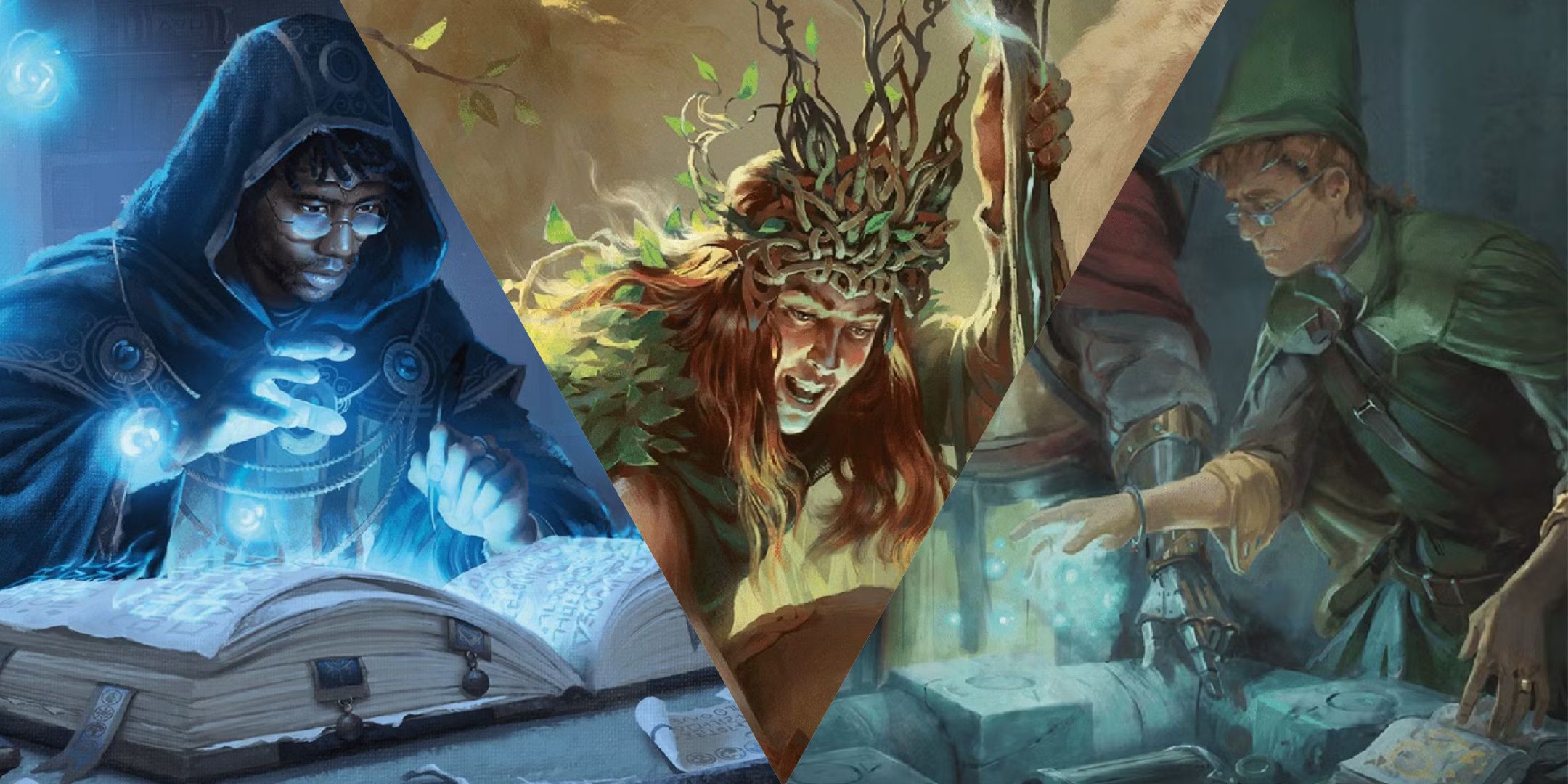
Next
Dungeons & Dragons: What Is Homebrew?
What is homebrew, and how do you do it? We’ve got several resources to help you get started with understanding and creating homebrew content in D&D.

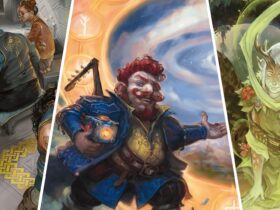
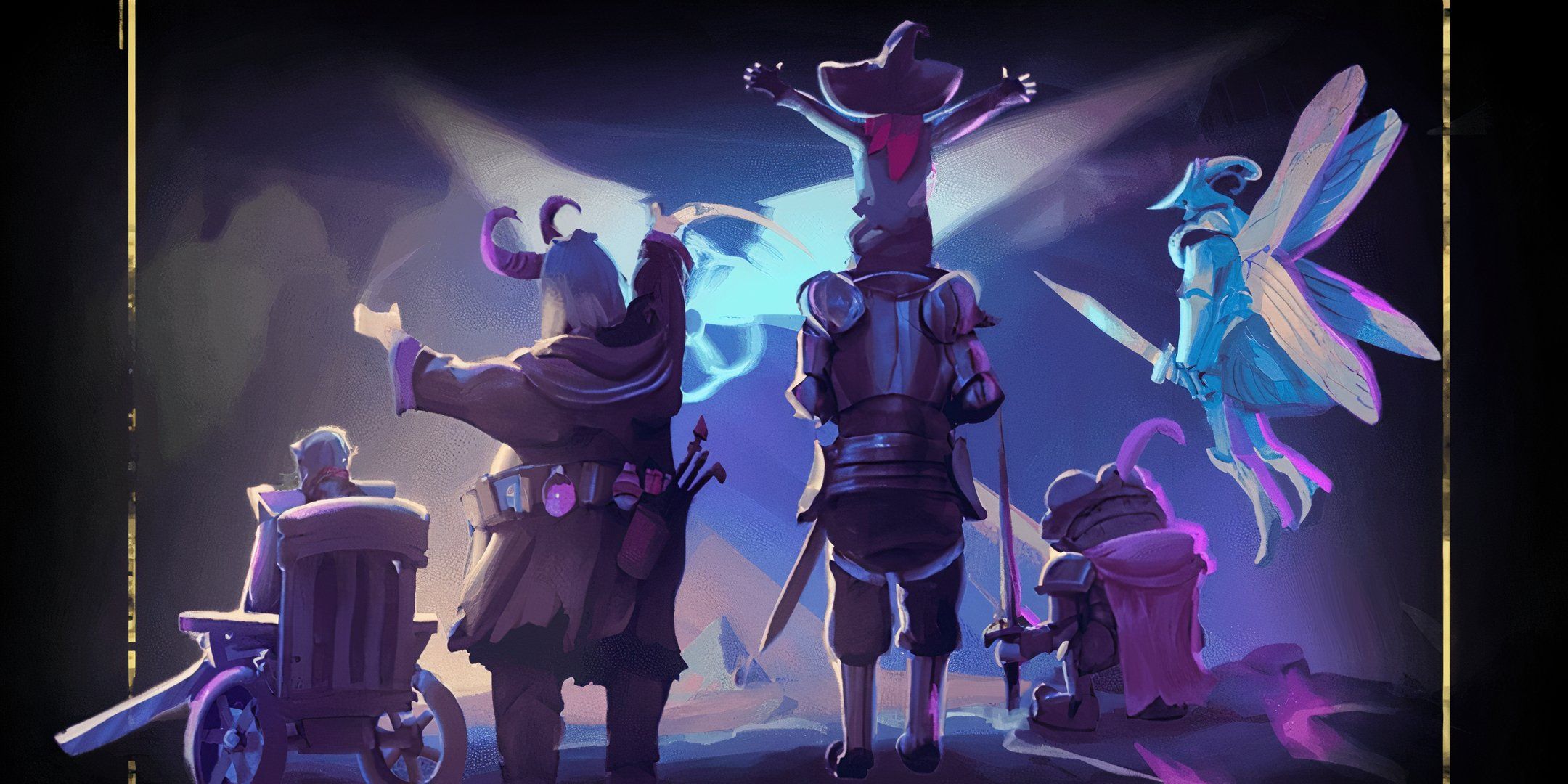
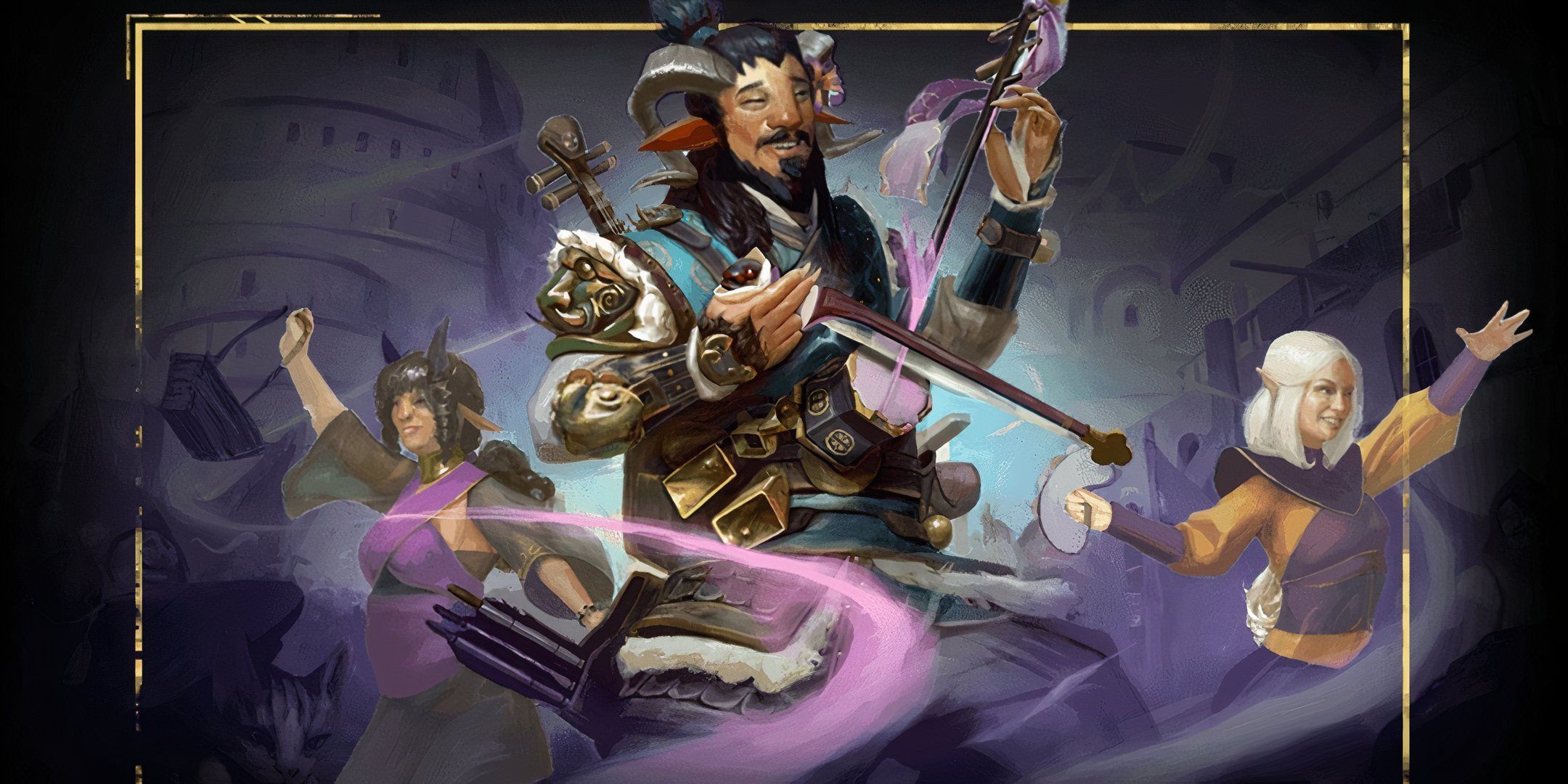
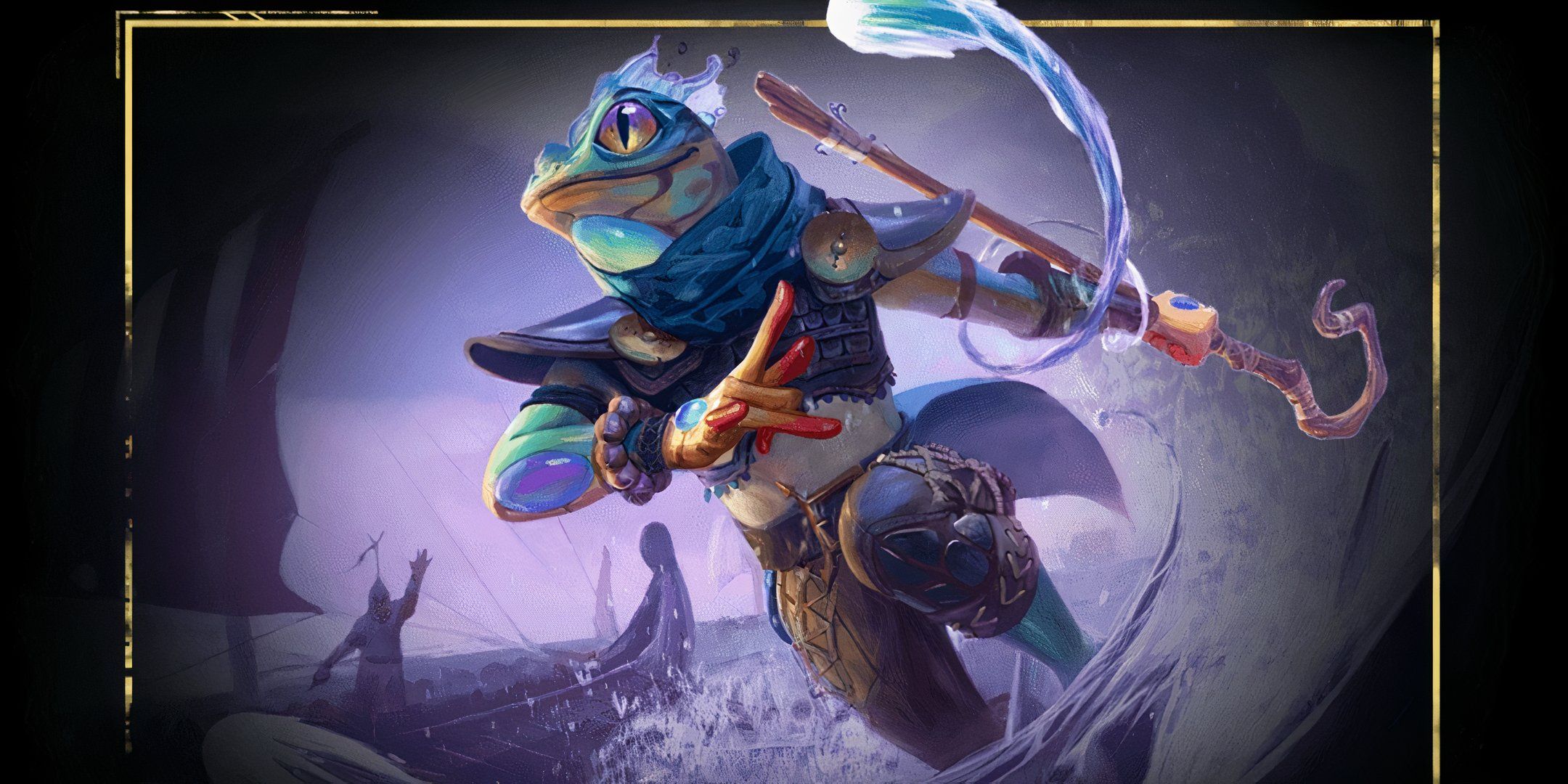
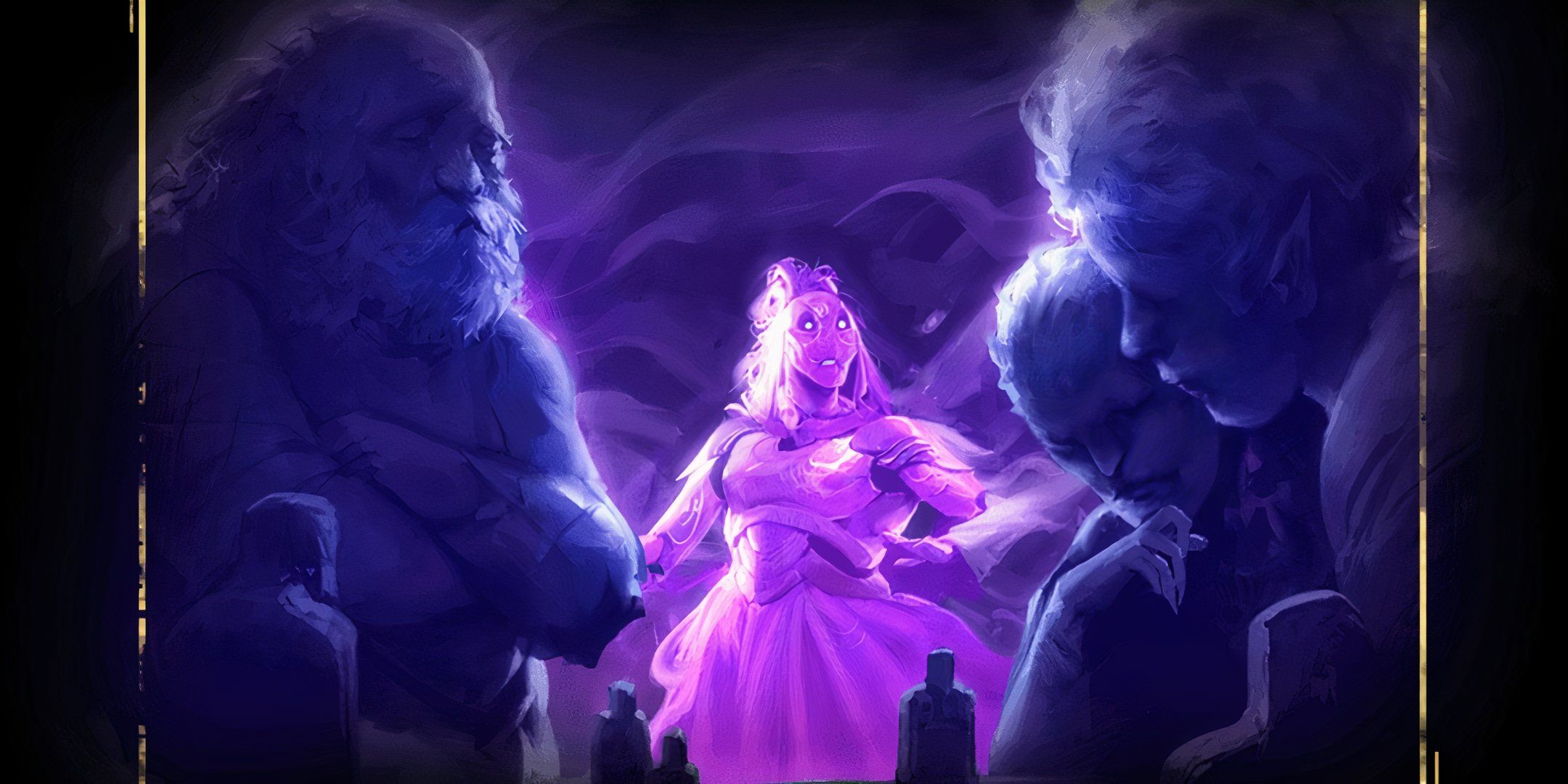
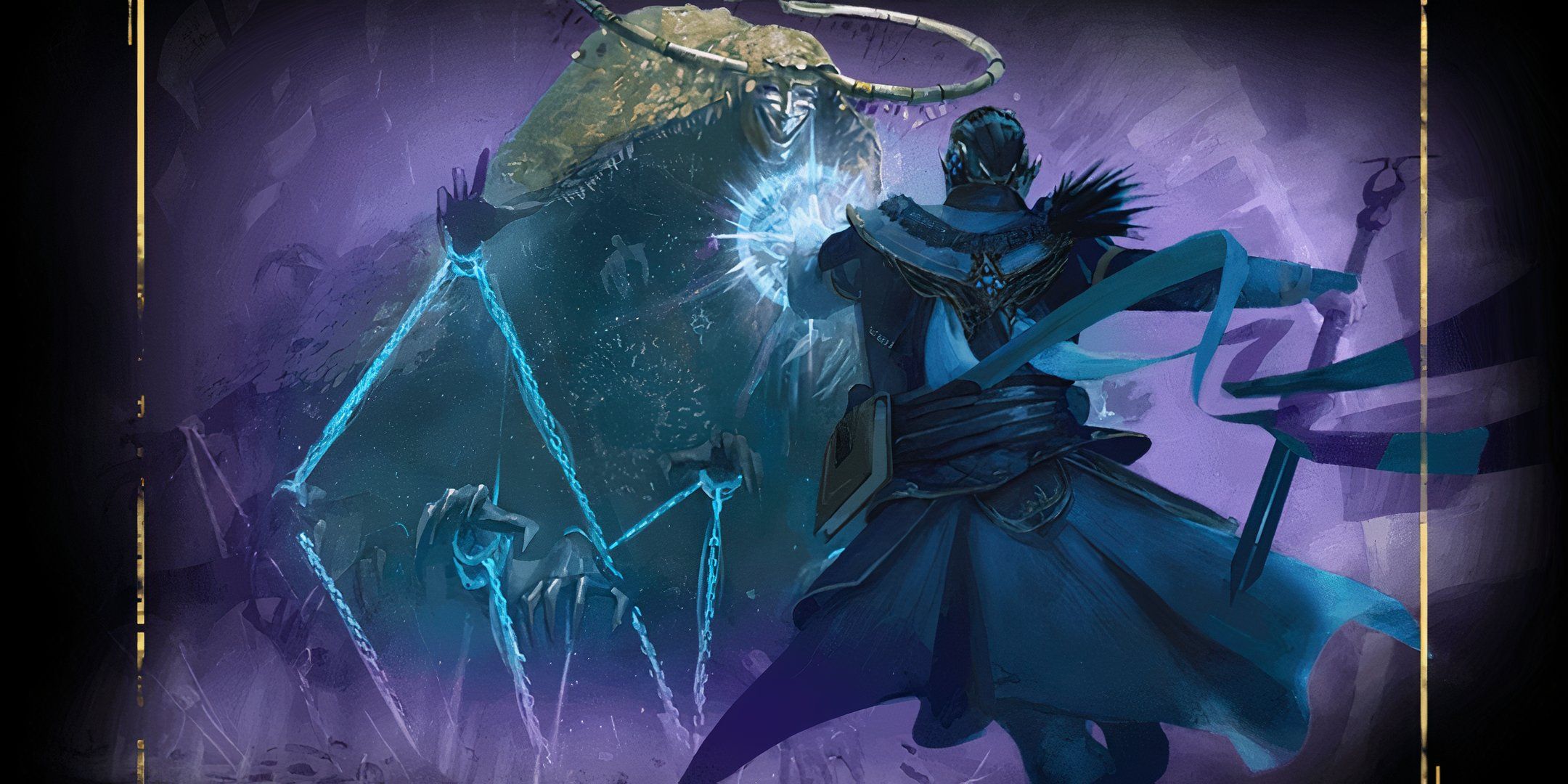
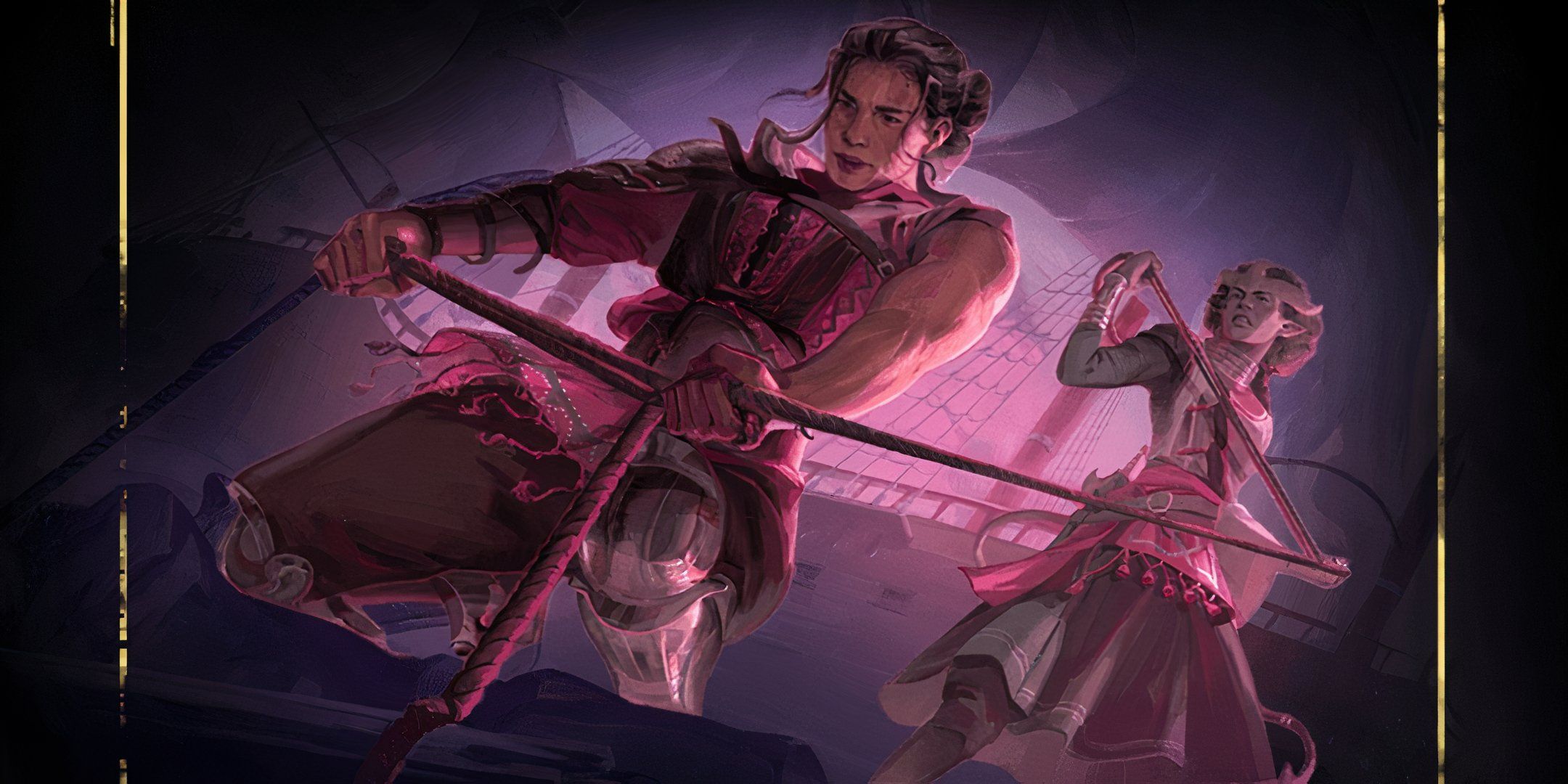




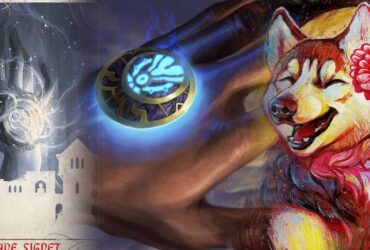
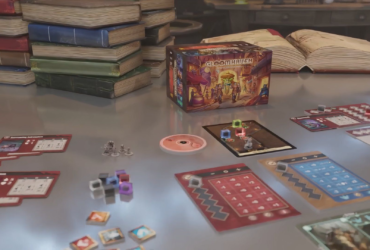
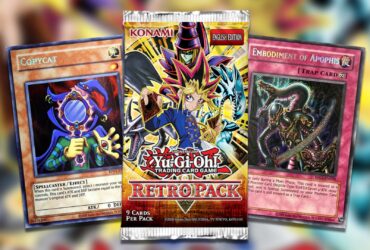

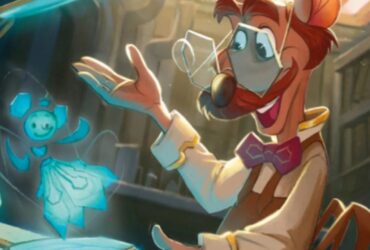
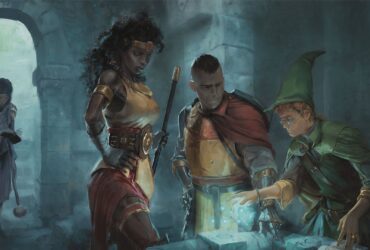
Leave a Reply